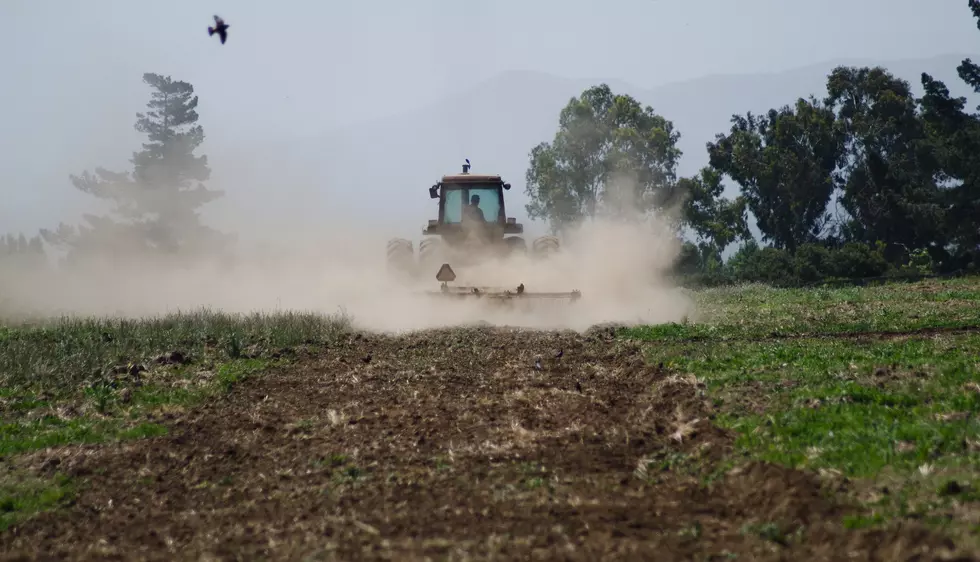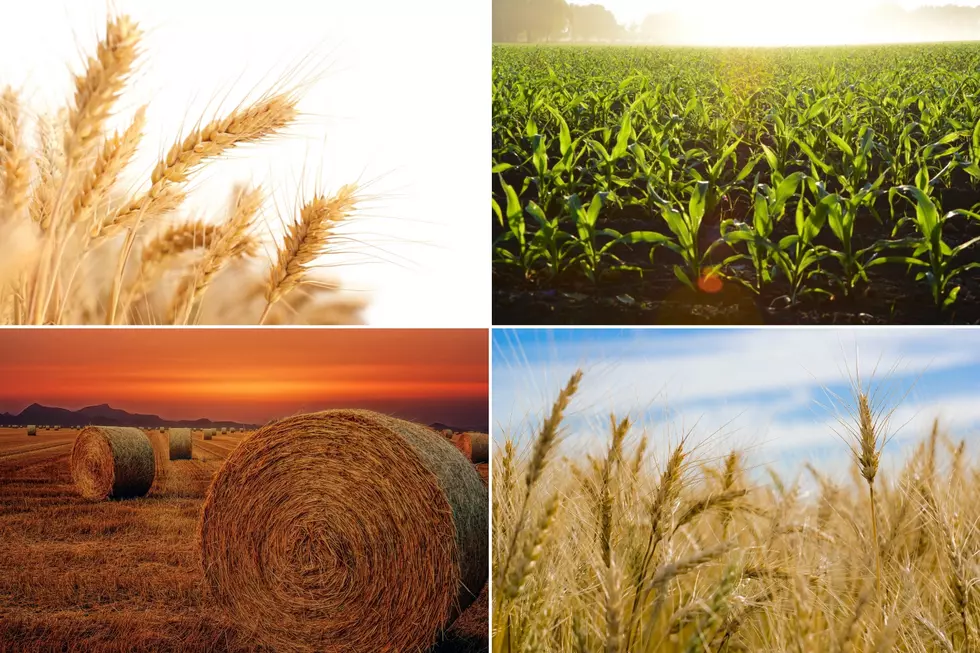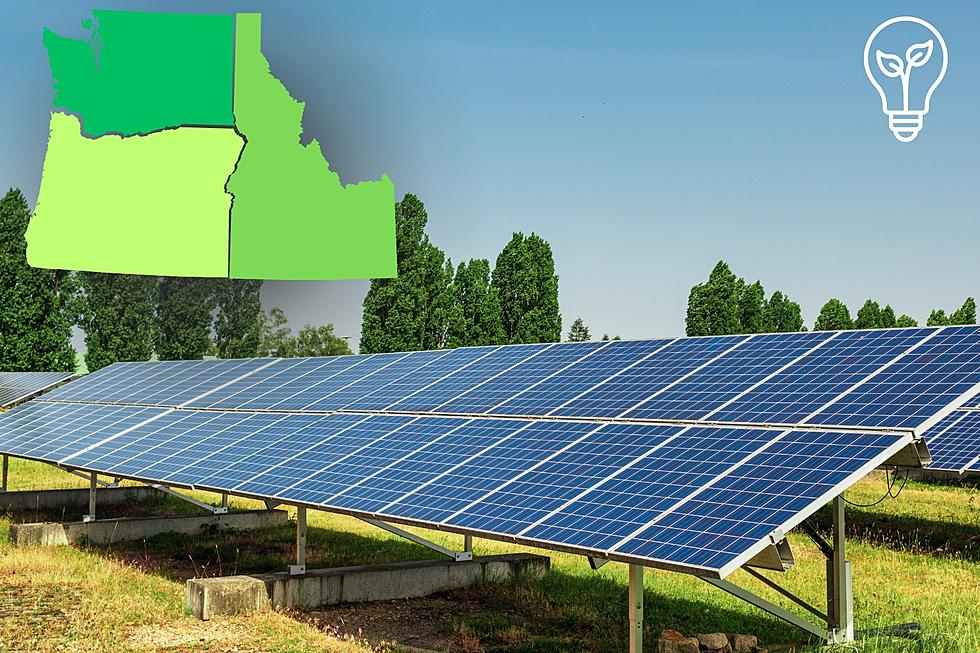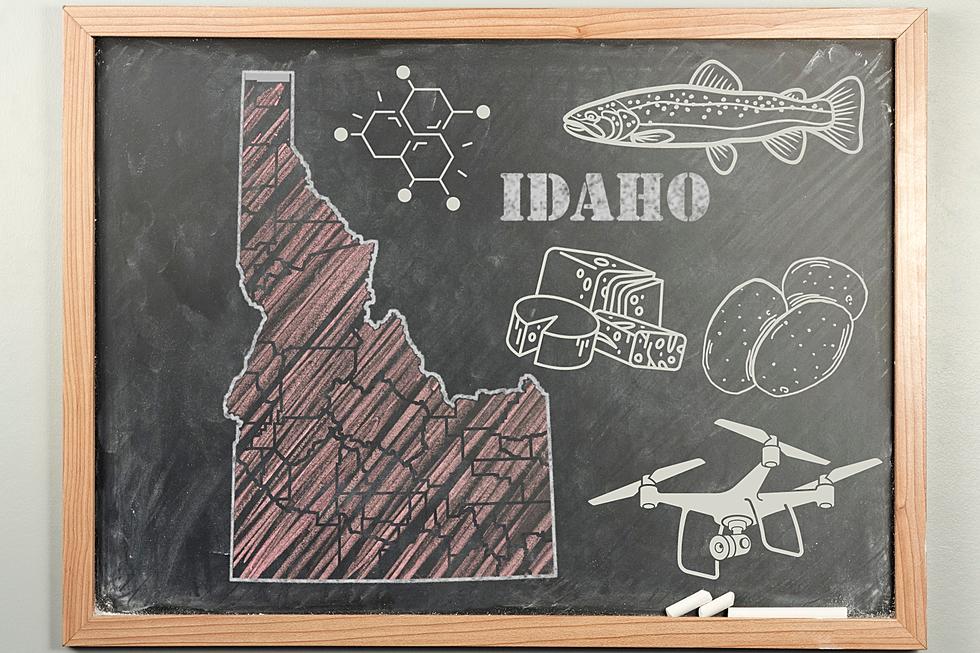
University of Idaho Program to Ramp up IAMP
MOSCOW, ID — Devin Fielding held up a photograph of his children when he explained why he farms, as well as the golden opportunity he sees in the University of Idaho-led Innovative Agricultural and Marketing Partnership (IAMP) program, formerly known as Climate-Smart Commodities for Idaho.
The Shelley farmer and rancher acknowledged he has a dirty job requiring long hours, slim profit margins, uncertainty and risk. But Fielding recognizes farming instills a strong work ethic and a deep appreciation of natural resources, and he’s vested in making certain his kids also have the chance to work the land and learn farming values.
As president of the Idaho Association of Soil Conservation Districts (IASCD), Fielding has been recruiting other Idaho food producers to participate in IAMP, which seeks to evaluate and promote regenerative agronomic practices intended to make Idaho farms and ranches economically and environmentally sustainable into the future.
U of I and its partners received the $55 million IAMP grant through USDA’s Partnerships for Climate-Smart Commodities program, and most of the funding will be passed on to the state’s producers, incentivizing their adoption of one or more climate-smart practices that can reduce greenhouse gas emissions.
Cover cropping, cover cropping with livestock grazing, reduced or no-till, interseeding, precision fertilizer application, nutrient management including partial nitrogen fertilizer replacement and soil carbon amendments including biochar and compost are the covered practices. Precise details about the size of incentives are not yet available, but the program will offer payments above Environmental Quality Incentives Program (EQIP) rates through USDA’s Natural Resources Conservation Service (NRCS).
Priority will be given to applicants willing to enroll for three years. Depending on specific rotations, practices may differ among years. Producers will be prohibited from having an IAMP contract for the same practice in the same field in which they’re receiving an incentive through another federal program.
The goal throughout the grant’s five-year period is to prevent an average of 60,000 metric tons of carbon dioxide from entering the atmosphere annually while replenishing organic matter in Idaho cropland soils.
IASCD is a partner in the grant, which advances the organization’s mission of promoting voluntary, locally led, nonregulatory conservation. IASCD will help share the bulk of $22 million with participating food producers, anticipating the practices they adopt, once successfully implanted, will become part of their standard operations.
Fielding offered his thoughts on the grant during a sustainability-themed field day McCain Foods hosted in Aberdeen, encouraging the food producers in attendance to contact their local Soil and Water Conservation District about participating. IAMP organizers hope to start accepting applications this fall.
“Farming is challenging — it’s hard — but I wouldn’t choose to be anywhere else, and me continuing to farm and ensuring that this generation has the same opportunity I did relies on two things in my view,” Fielding said. “Locally, it’s my ability to pursue new ideas, evaluate the results and incorporate those ideas into my operation. More broadly it’s dependent on me communicating with the people who want to buy my products in an effective and constructive way.”
The grant was written to target seven major commodities raised in Idaho and will seek to drive climate-smart practices on 10% of the state’s active cropland. Fielding believes Idaho producers will appreciate the opportunity to work with neighbors from within IASCD rather than regulators. Most of the research to quantify carbon dioxide sequestration will be conducted at U of I facilities and extrapolated across the participating farms.
“This grant is an opportunity for growers to try new things, and if this is the nudge you need to take the financial risk out of a new idea — something you’ve had your eye on; something that looks interesting and appealing — please take advantage of it,” Fielding said.
Other funded partners include the Nez Perce and Coeur d’Alene Tribes, the Nature Conservancy Agriculture Program in Idaho, Desert Mountain Grassfed Beef and Arrowleaf Consulting.
There’s been an increasing emphasis on programs that entice producers to try new ways to produce more food with less impact on the environment as food manufacturers seek to assure consumers that they take sustainability seriously.
McCain, for example, has set a goal of sourcing 100% of its potatoes from regeneratively grown acres by 2030. In 2021, McCain launched its Farm of the Future on cropland it purchased in New Brunswick, Canada, to study regenerative agriculture. This season, McCain partnered with three farmers — in Manitoba, Canada, Washington and Idaho — to establish Innovation Hubs, expanding its regenerative agriculture projects into new regions. Those farmers receive technical support to try new regenerative practices they might otherwise avoid due to risk, as well as the company’s pledge to offset any potential yield losses resulting from their experimentation.
The company hosted its recent field day at its Idaho Innovation Hub, farmed by Austin Poulson of Aberdeen. Poulson showed other farmers in his area how planting cover crops has improved the soil-moisture retention of fields. Poulson has also had success with introducing sheep to graze his cover crops. Both practices are also included in IAMP.
“There is a benefit of this regenerative agriculture to empowering the soil to do what the soil needs to do,” Poulson said.
Additional Innovation Hubs are set to launch next season in Alberta, Canada, Wisconsin and Maine.
Courtney Cosdon, UI Extension instructor specializing in soil health, and Linda Schott, an assistant professor and UI Extension specialist specializing in nutrient and waste management, were among the guest speakers at the McCain event in Aberdeen.
Cosdon offered a demonstration using USDA-NRCS equipment, showing how simulated heavy rainfall is readily absorbed by squares of topsoil from relatively undisturbed soils, while it forms a crust and runs off conventionally tilled soil samples.
For her demonstration, Schott showed off several pairs of cotton men’s underwear in various stages of decay, which had been buried in farm fields. While underwear buried in conventionally tilled fields were largely intact, little more than a waistband remained of briefs buried in soils with abundant microbial communities to feed on the cotton. Schott explained the soil microbes got a boost from certain soil-health practices, such as manure applications and cover crops.
U of I is in the process of hiring a full-time project manager to oversee IAMP. In addition to the payments, participating farmers will receive technical support, data analysis and information about emerging markets for produced commodities that could be associated with farmgate premiums.
“Where we have informed people about this grant, the interest is strong,” said Sanford Eigenbrode, a university distinguished professor in the Department of Entomology, Plant Pathology and Nematology and co-principal investigator of IAMP. “It’s an opportunity.”
Source: University of Idaho Extension
No One Can Figure Out What's Happening In The Idaho Sky Anymore
Gallery Credit: Chris Cardenas
More From PNW Ag Network









